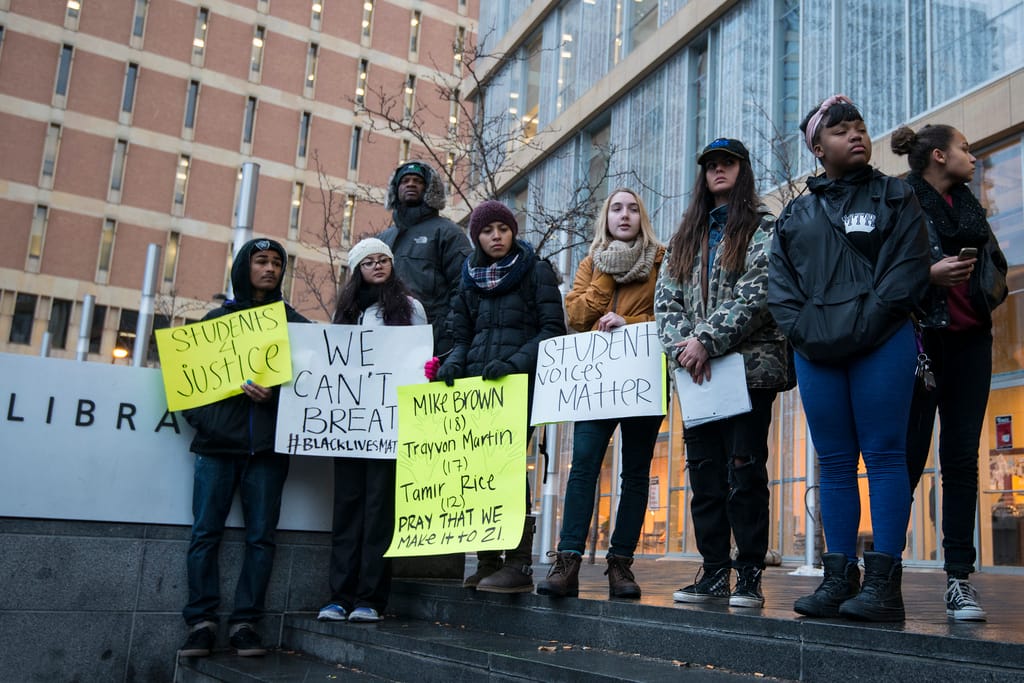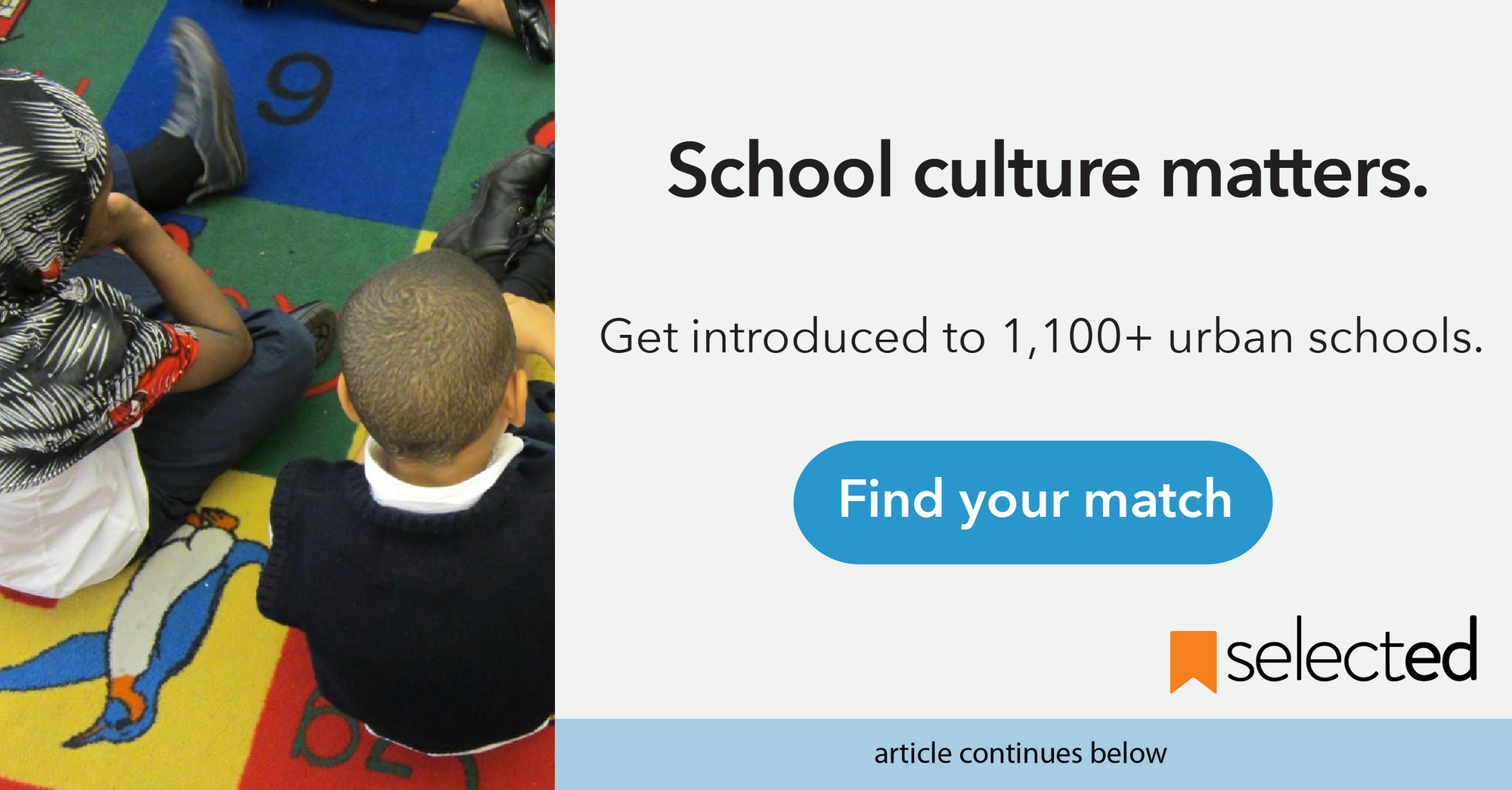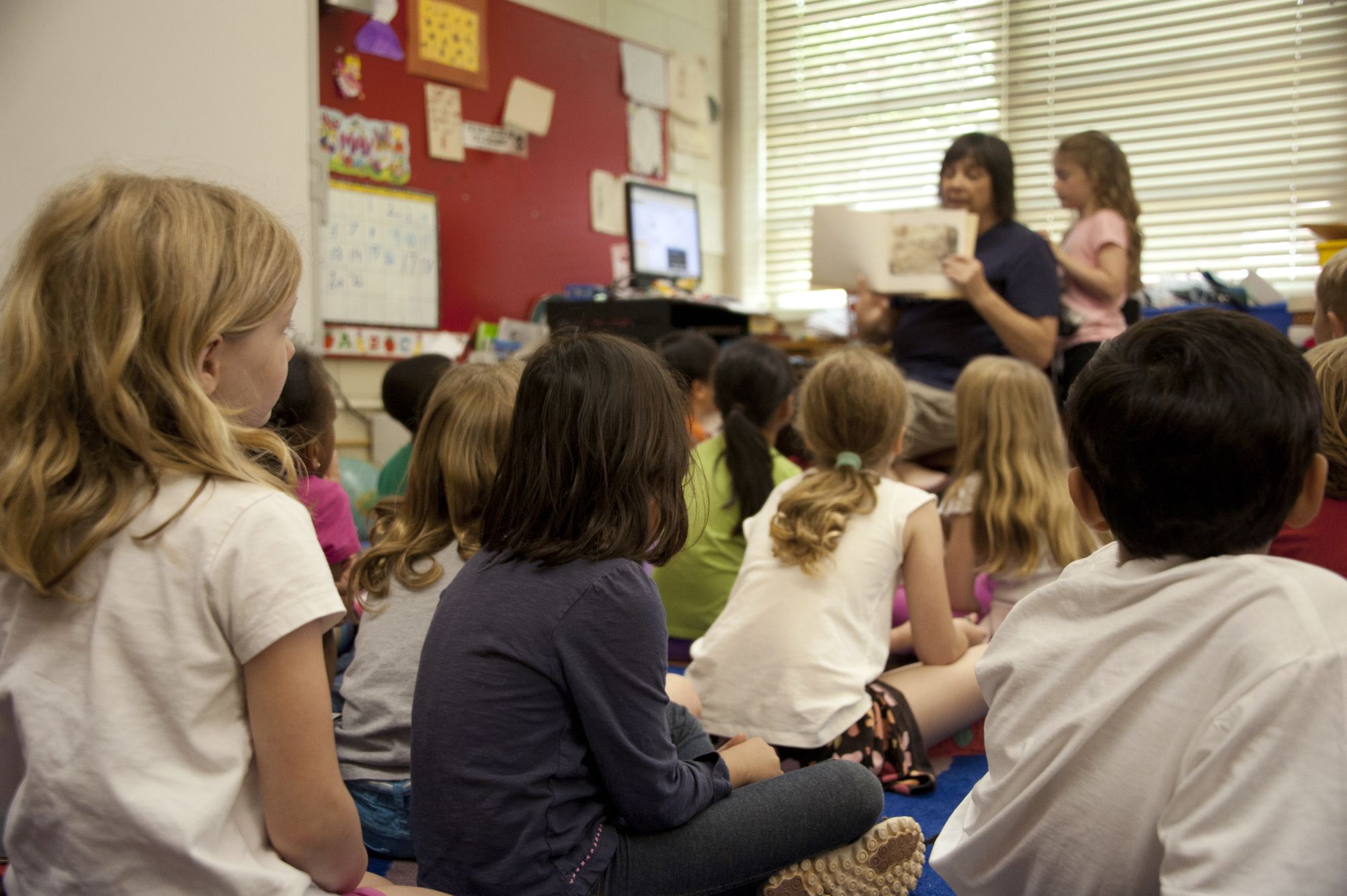Difficult Conversations in Difficult Times Pt.2: Practical Ways to Develop Systemic Awareness
The most dangerous conversations we have about race are the ones we don't have. But starting these conversations can be uncomfortable, and finding a place to start is hard. Here are 5 practical ways to start this dialogue with both students AND teachers.

Last week, I wrote about systemic awareness, how I approach it, and why it’s critical for students to develop it. This week, I’d like to address a more practical topic: What do we need to do to start these conversations about race and inclusion?
Here are 5 things that I’ve introduced in my school to start this challenging, but critical process:
Start from Ground Zero – think about who you are as an educator, what you bring to the table, and how you can help kids grow. Be genuine, strive to improve yourself, and be a model of excellence for your students.
Build Relationships – legendary teacher Rita Pearson said “you can’t learn from people you don’t like.” Invest time in showing students who you are and give them an access point to you; they’ll develop love of learning from this and fall in love with what you represent.
Adopt a mantra – choose a message you want your students to internalize at the beginning of the school year and be maniacal about enforcing it. My mantra is “difference doesn’t equate to deficits” – a message that has been woven into the culture of my classroom and is consistently addressed to make sure it’s something that my students take to heart.
Develop systemic awareness – help students develop political awareness and push them to challenge unjust systemic obstacles. We most certainly don’t live in a post racial nation, and our country is held together by institutions and structures that discriminate against people of color. Build your students’ (or staff’s!) critical consciousness so they can resist the injustice that surrounds them.
For my school, this means having my freshmen and sophomores take an hour every day to read and discuss current events or watch CNN. By learning about the world around them and gaining greater perspective, my students are far more equipped to tackle challenges and advocate for themselves.
When educating staff members on systemic awareness, this could mean holding monthly discussion groups or book clubs on issues of race, inequality, and inclusion. Adults need to process and discuss these topics too, and doing this is in a group setting may be more productive.
This also means creating culturally relevant curriculum for students--American history is full of stories about white, male heroes--we can always do better to highlight exceptional people of color who have made incredible contributions to our nation’s history. We need to show people reflect the diversity of our students and their racial identities in the material they’re learning to give them a sense of agency.
Radical Candor – call people out when they say ignorant things. In situations like these, be direct, but loving. Help them understand why what they’re saying is wrong, but let them know that you are calling them out because you care about them.
The most dangerous conversations we have about race are the ones we don’t have. Talking about race is difficult and deeply uncomfortable; it forces us to confront our prejudices, to think about what racism is, and how to address it. But without these hard conversations, there’s no way you can promote equity and inclusion in your classrooms.
I hope you bring some of these practices into your classrooms and continue to make an active effort to think about how to make your classroom a great place for all kids. Despite the fact that we now have more examples of black and brown excellence in every context, society remains deeply unfair for people of color. It is our duty as educators to help our students understand that they have both the power and potential to make great changes in the world, and to give them the tools they need to work against forces of oppression and prejudice.
*Note: This is Part 2 of a two part series. To read about how Sean defines systemic awareness, read part 1 here.
*Cover Image: photo by Fibonacci Blue for CCBY use
About Selected
Selected helps teachers find jobs at schools they love. We offer a free school matching and career support platform for teachers that connects them with 1,100+ PK-12 public and independent schools in urban metro areas in the Northeast and West Coast, including New York City, NJ, CT, Philadelphia, Washington DC, Boston, and Los Angeles. Create a FREE profile and start speaking with hiring schools immediately!





